- Home
- slideshows
- miscellaneous
- At the northernmost tip of Colombia is a vast, untamed desert that juts into the Atlantic Ocean. I spent a week traveling through the area - here's what it's like.
At the northernmost tip of Colombia is a vast, untamed desert that juts into the Atlantic Ocean. I spent a week traveling through the area - here's what it's like.
We flew Avianca Airlines from Colombia's cosmopolitan capital into Riohacha, the largest city in La Guajira. A small coastal town, Riohacha has major bank branches, hotels and grocery stores, but none of Bogota's hipster sheen. First stop: Purchase drinking water.

From Riohacha, we traveled by car to Camarones, a village next to the Los Flamencos national park. Hostel La Consentida had charming, well-kept grounds. The room was basic but comfortable and had air conditioning. Dinner was excellent, consisting of local fresh fish, rice and plantains.
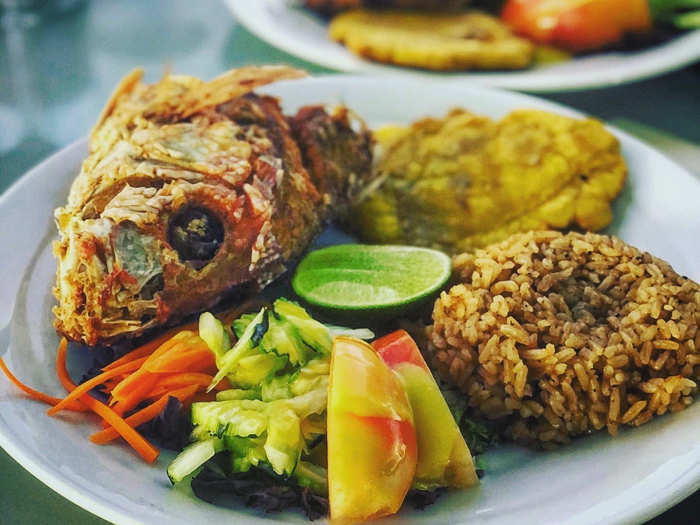
That night, however, the neighbors had a party that went well into the wee hours. Worse: They didn't invite us.
We rose before dawn to meet our birdwatching guide. Motorized boats are prohibited in Camarones Bay, so he took the three of us out in a canoe made from a single tree trunk.
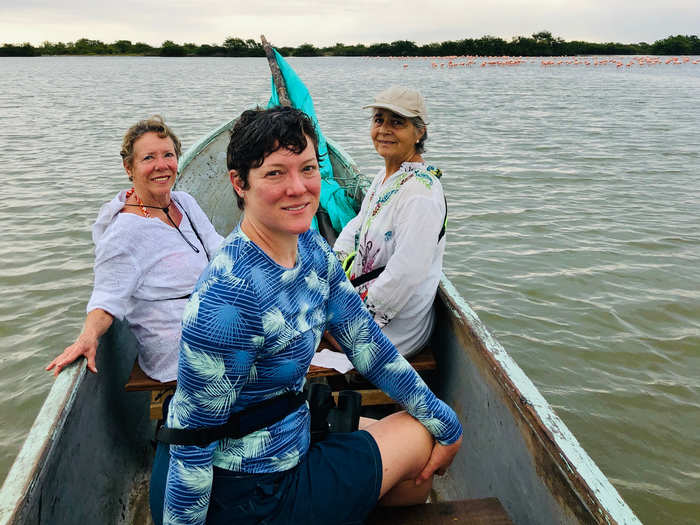
We saw at least 20 species of birds, including herons, pelicans, and osprey, and we were fortunate enough to witness a flyover of approximately 1,500 flamingos.
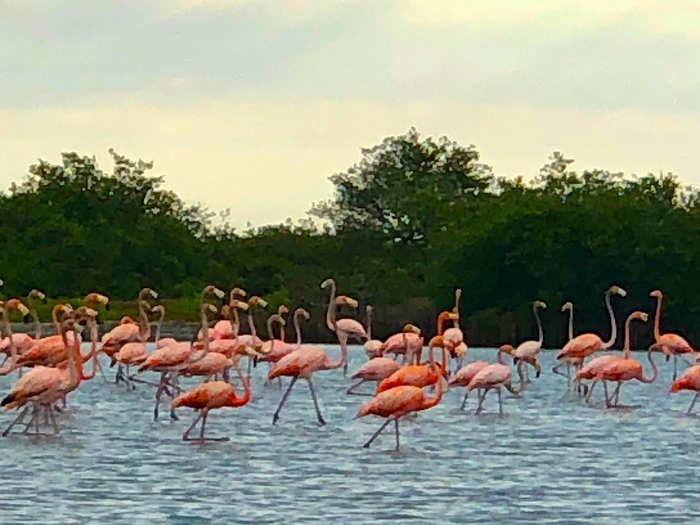
Pink on the outside, pitch black underneath, they circled the bay over our heads, their long necks flat out front, feet pointed straight back, a flying symphony of bleating squawks.
Next stop: Palomino. A tiny beach town, Palomino is in the grips of a travel gold rush. Foreigners have been buying lots, starting restaurants and bars.
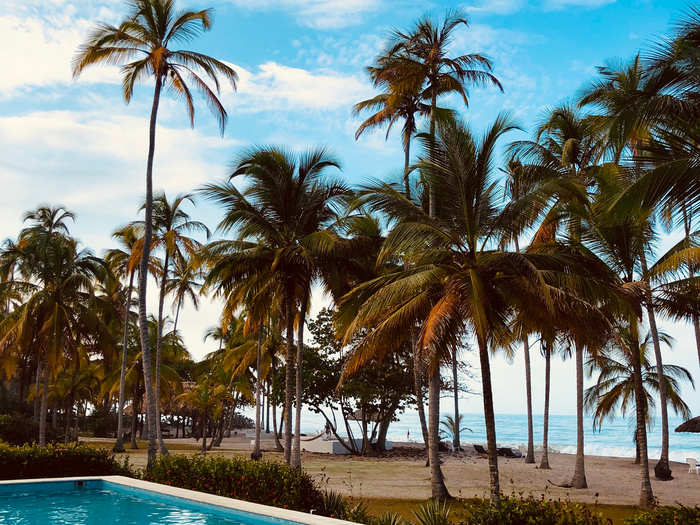
Driving on the rutted dirt road through the woods along the San Diego river, we passed construction sites and heard the distant buzz of a chain saw. We followed a muddy trail to the river, where our guide helped us into our inner tubes. A hundred feet downstream, we bought beers from a man set up with a cooler under a thatched roof.
After a beachfront lunch of fresh fish, we walked along the coastline back to Hotel Hukumeizi, where we swam in the pool under towering palm trees.
The next morning, we returned to Riohacha to meet our guide, who would take us north, into the desert.

Benancio, from Guajira Tours, is an indigenous Wayuu who grew up in the region. Having an indigenous guide was definitely one of the highlights of our trip. Benancio answered every question, and no topic was off limits. How often does it rain? Only once this past year. How do they bury their dead? With big parties in the cemeteries in the village where the deceased born. The cemeteries have kitchens.
On our way out of town, Benancio stopped to purchase a bag of candy that he said was to pay the tolls throughout the desert. The tollbooths were local children holding string with colored fabric across the road. To lower the string, they demanded payment in full.
After stopping in the city of Uribia for lunch ...
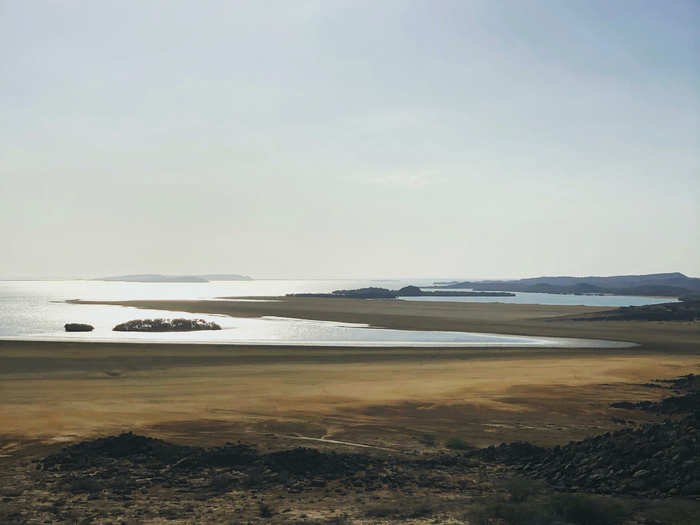
... we headed to Cabo de la Vela, a favorite beach to watch the sunset.
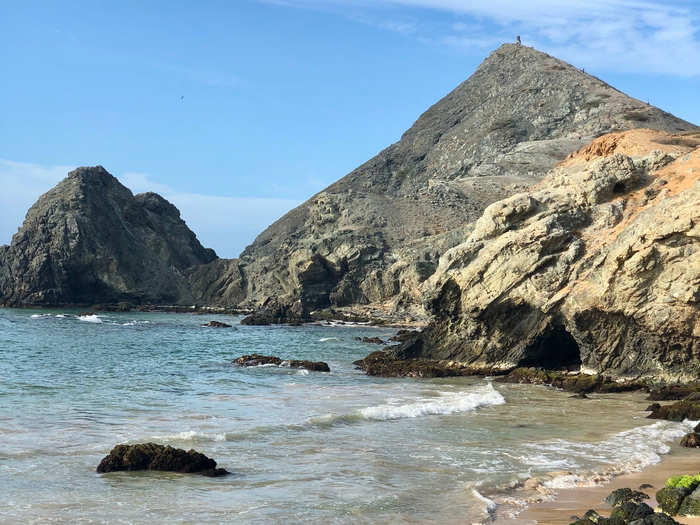
The next morning, it was on to another beach, Pilón de Azúcar, and a brief stop at the salt mines.
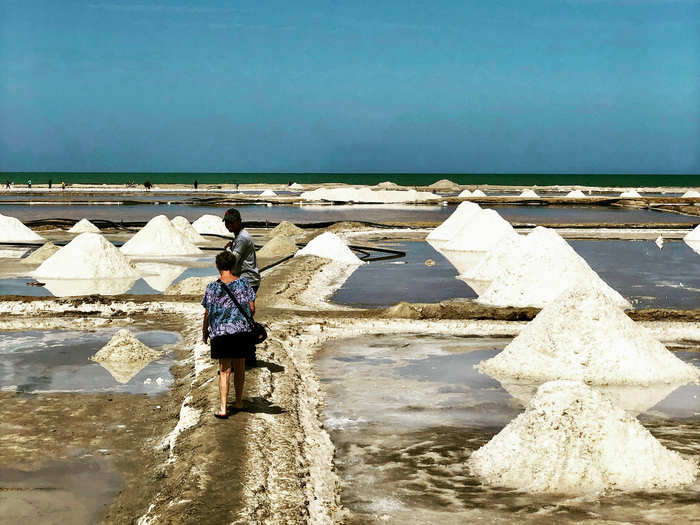
Then on to the sand dunes at Taroa, then to see the sunset at another beach, Punta Aguja. We wore bathing suits, but never got in the ocean. The water was glacial, a stunning contrast to so much sun and sand.
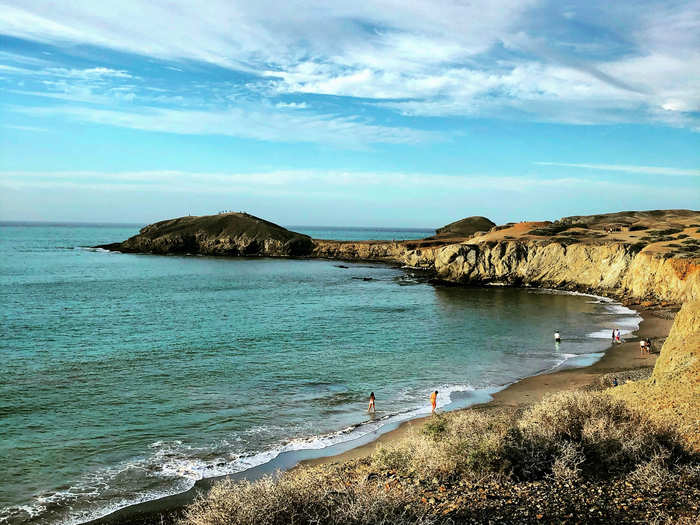
In between all these beaches: miles of bumpy, hot, desert trails. Once or twice an hour, a small groups of huts would appear over the crest of a hill, the sign of an indigenous community.
And always the children would be on the road with the string, demanding payment. In the distance a female family member stood watch, weaving a mochila, an indigenous purse, with others for sale at her feet or hanging from the overhead branches of a scrubby tree.
Pro tip: Bring anti-diarrheal medicines. Two-thirds of our party were hit with severe diarrhea. Imagine being laid low and setting out on a rocky, bumpy, four-hour trip across the desert with no facilities.
The next two nights were spent at a hostel named for the owner, Luz Mila, in Punta Gallinas, the northern-most settlement on the continent.
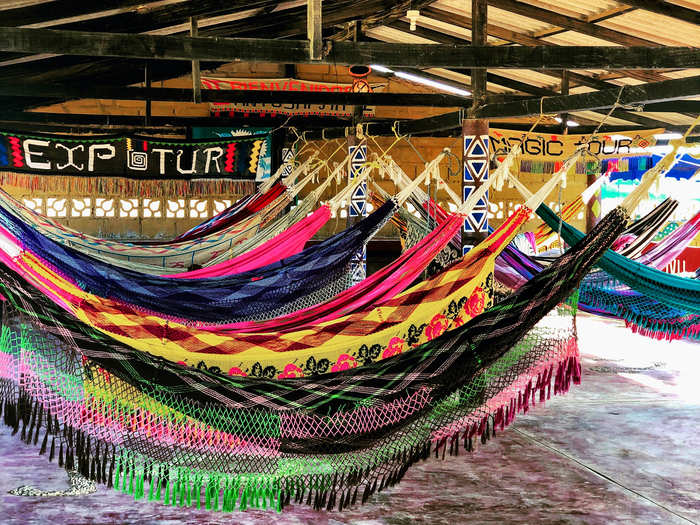
Most of the guests were twenty-something Europeans or Canadians on group kite surfing trips.
On our last afternoon we went bird watching in La Hondita Bay and saw pelicans and more flamingos. Sleeping in my hammock that night, I was dazzled by the Milky Way wrapping itself around the sky above.
The next day, we returned to Riohacha, grateful for hot showers and ice made from drinking water. Hotel Taroa was right on the beach, where we shopped for crafts.

That night, the nightclub next door played loud music late into the night.
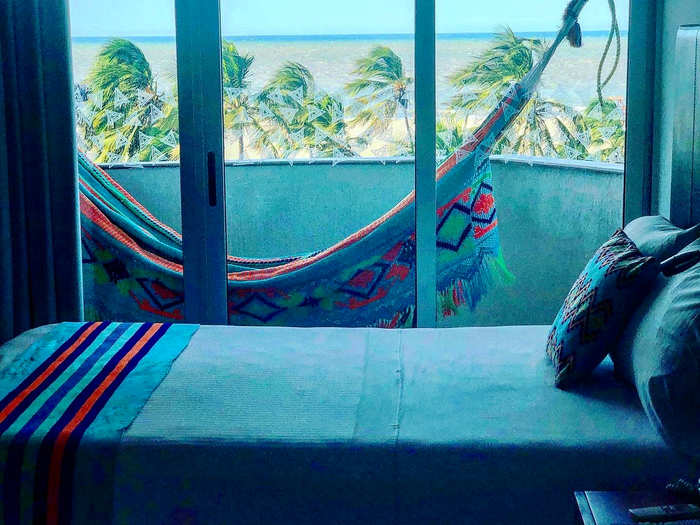
As our trip began, so it ended.
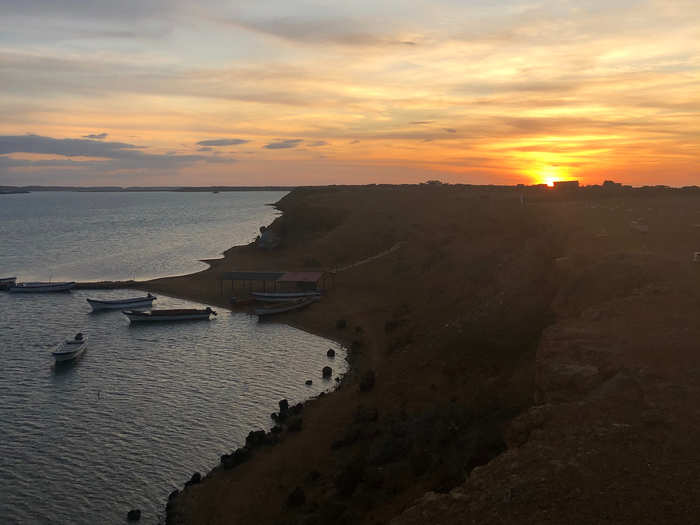
Popular Right Now
Popular Keywords
Advertisement